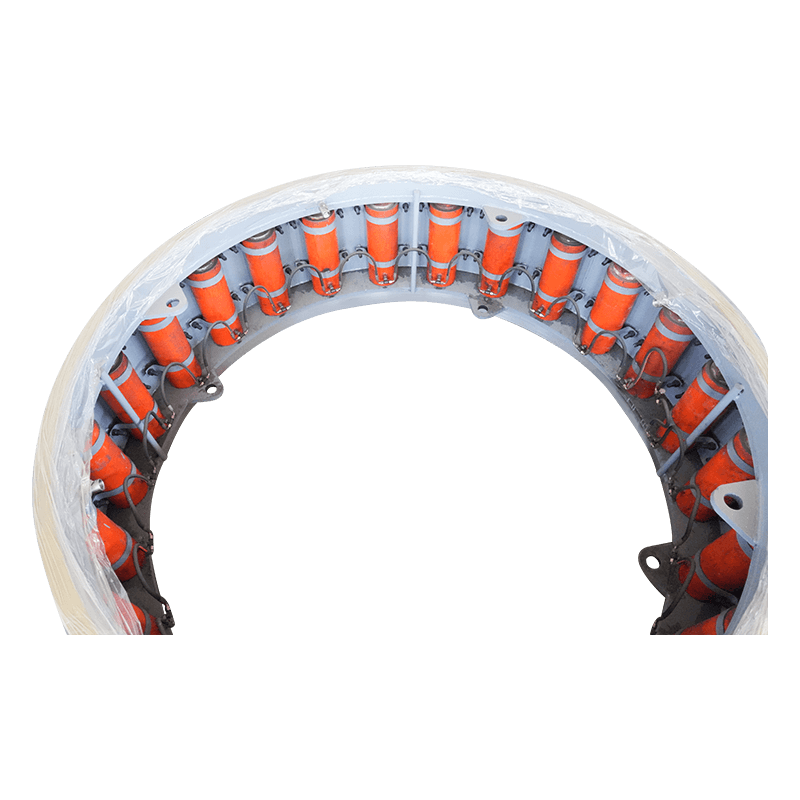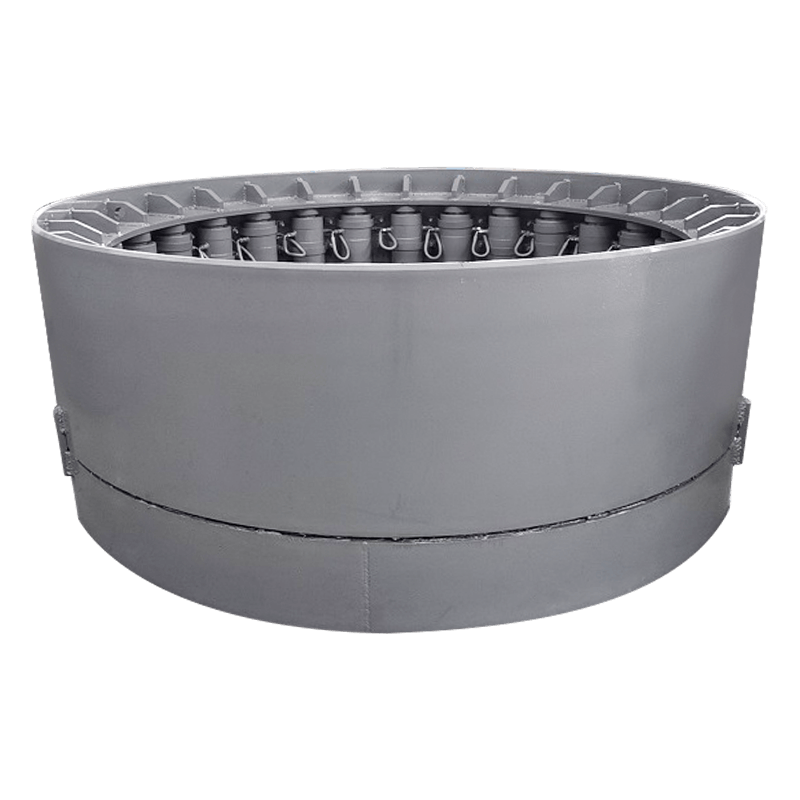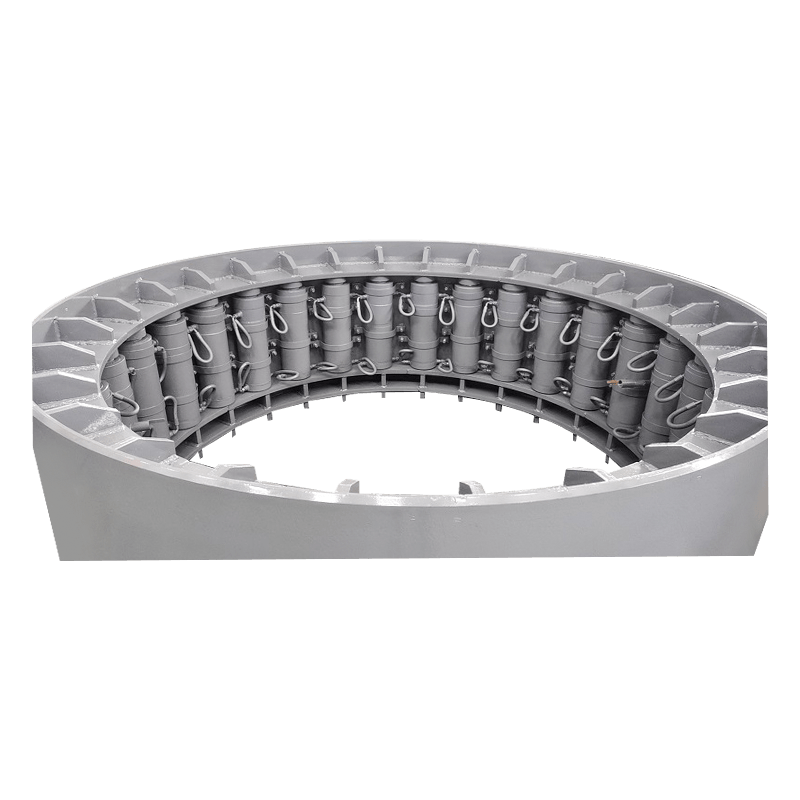When working with pipe machinery, you'll inevitably encounter a few common issues. A deeper understanding of these problems—and their solutions—can significantly improve your workflow and extend the life of your equipment. This guide covers some of the most frequent challenges faced by professionals and hobbyists alike.
Threading Machine Troubles
Pipe threading equipment, like a pipe threader or threading machine, is essential for creating tight, secure connections. However, a common issue is poorly cut threads that are either too shallow, too deep, or jagged. This is often caused by a few key factors:
-
Dull or Damaged Dies: The dies are the heart of the threading process. If they're worn down or chipped, they won't cut cleanly. The solution is straightforward: replace them. Regularly inspect your dies and keep a spare set on hand.
-
Improper Cutting Oil: Using the wrong type of oil, or not using enough, can lead to overheating and a rough finish. Always use a high-quality threading oil specifically designed for the material you're working with.
-
Incorrect Die Head Adjustment: The die head must be properly aligned and tightened. If it's loose, the threads can become inconsistent. Refer to your pipe threading tool's manual for the correct adjustment procedure.
Bending Machine Bumps and Wrinkles
Pipe benders are fantastic for creating custom angles, but they can be finicky. The most common complaints relate to wrinkles, flattening, or kinking in the bent section.
-
Wrinkles or Crimping: This often happens when the pipe isn't properly supported inside the bend. The solution is to use a mandrel or an internal support rod. This supports the pipe's internal wall, preventing it from collapsing or wrinkling.
-
Kinking or Flattening: A common cause of this is bending the pipe too quickly or not using the correct die size. Each pipe bending machine has dies designed for specific pipe diameters and wall thicknesses. Using the wrong die can apply pressure unevenly, causing the pipe to deform. Always match your die size to the pipe's outer diameter.
-
Slippage: If the pipe slips during the bend, the angle will be incorrect and inconsistent. Ensure the clamping mechanism on your tube bender is tight and that the pipe is clean and free of grease or debris.
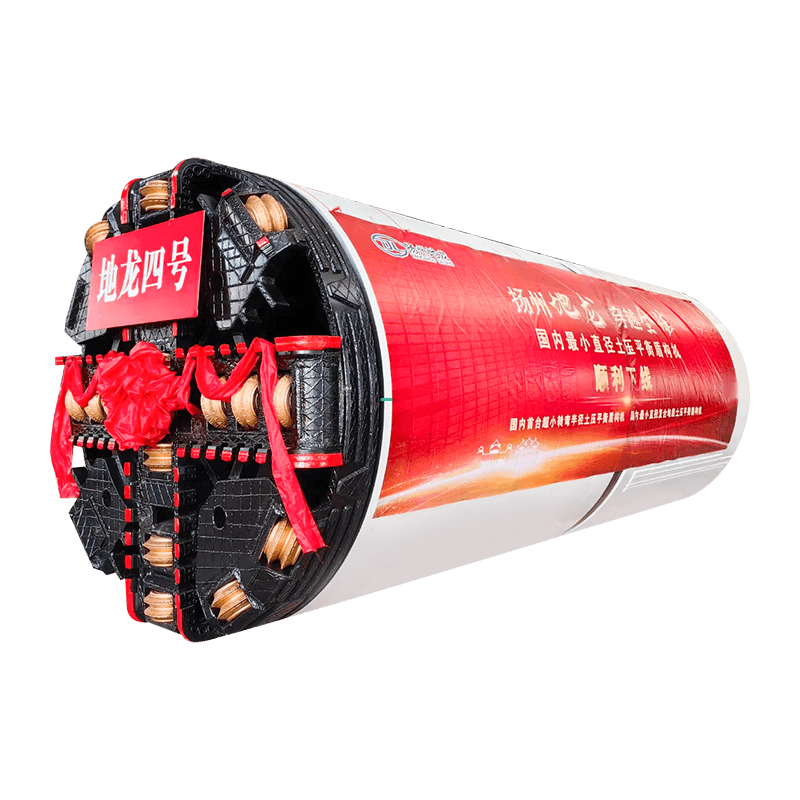
Cutting Machine Complications
Cutting machines, including pipe cutters and sawing machines, are all about precision. The main problems here are inaccurate cuts, blade wear, and excessive burring.
-
Inaccurate or Angled Cuts: A clean, square cut is crucial. If your cut is angled, check the alignment of the clamping vise and the cutting blade. A misaligned blade or a loose vise is a frequent culprit.
-
Excessive Burrs: Burrs are small, raised edges left behind after a cut. While a small amount is normal, excessive burring can indicate a dull or damaged blade. Replace dull blades promptly to get a cleaner cut and reduce the need for extensive deburring.
-
Slow Cutting or Overheating: If the cut is taking a long time or the blade is getting excessively hot, you might be pushing the blade too hard or the blade itself is not suitable for the material. Ensure you're using the correct feed rate and a blade designed for the material you're cutting.
By paying close attention to these common issues and implementing the solutions, you can keep your piping equipment running smoothly and maintain a high standard of quality in your work. Regular inspection and preventative maintenance are your best allies in avoiding these problems before they start.

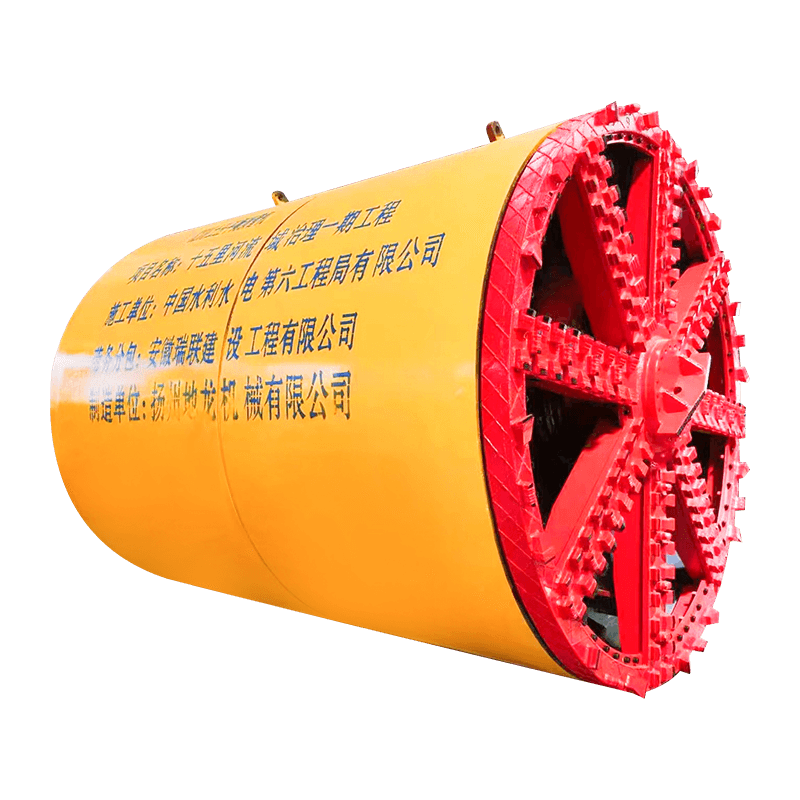
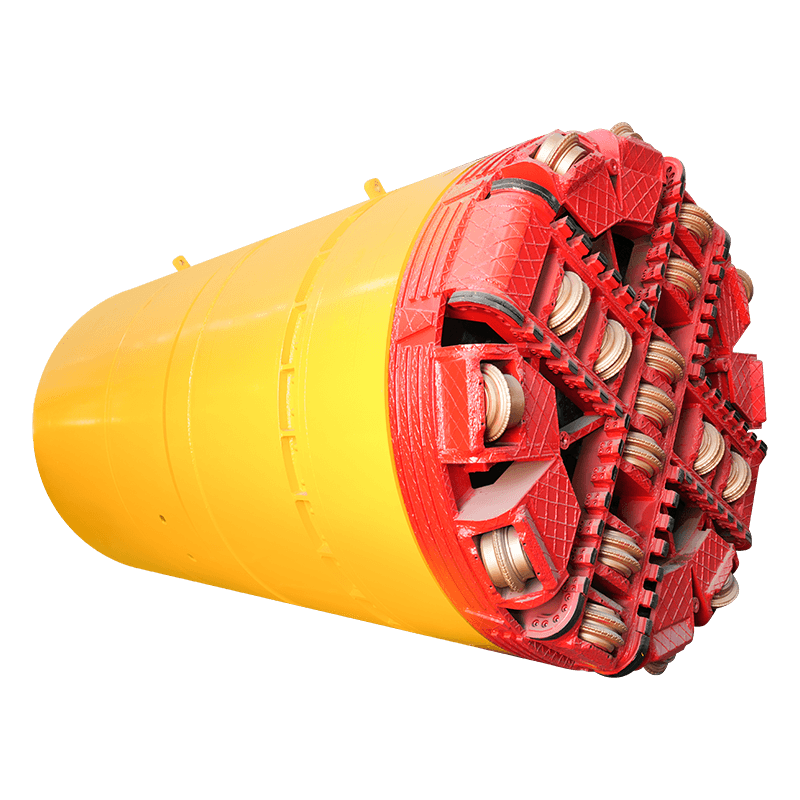

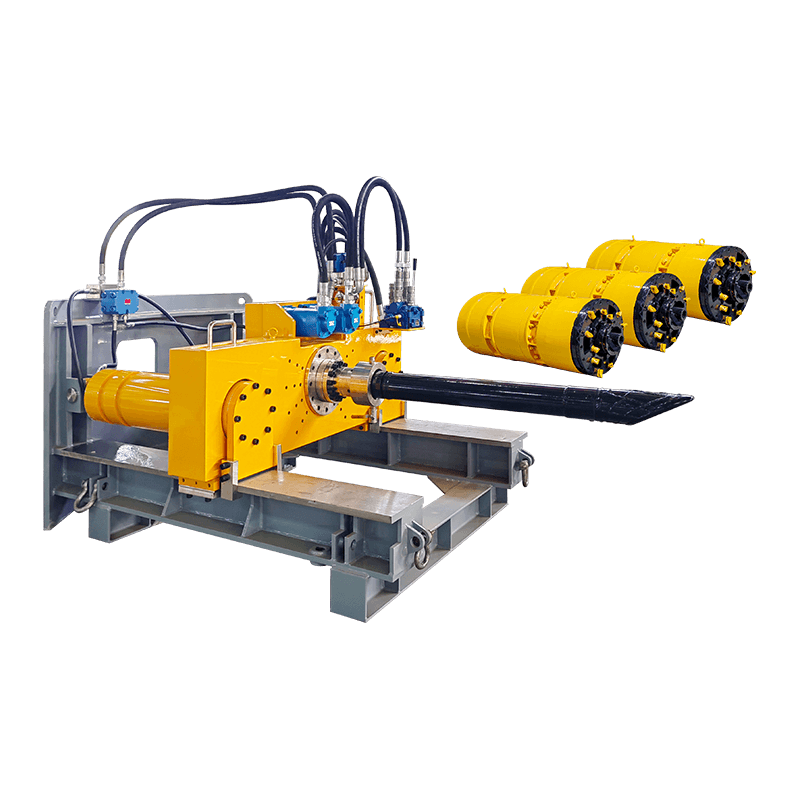
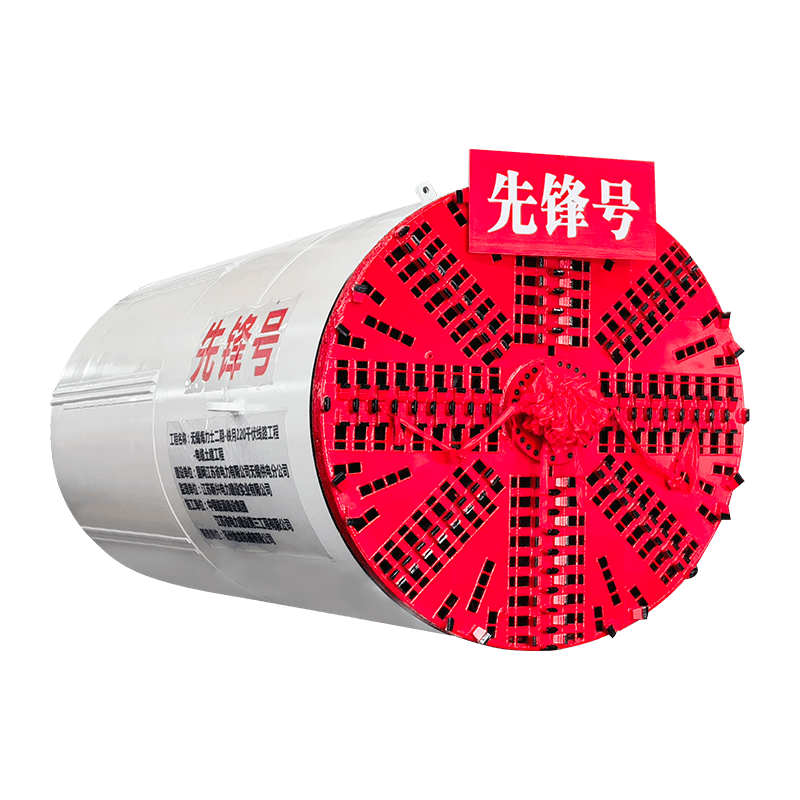


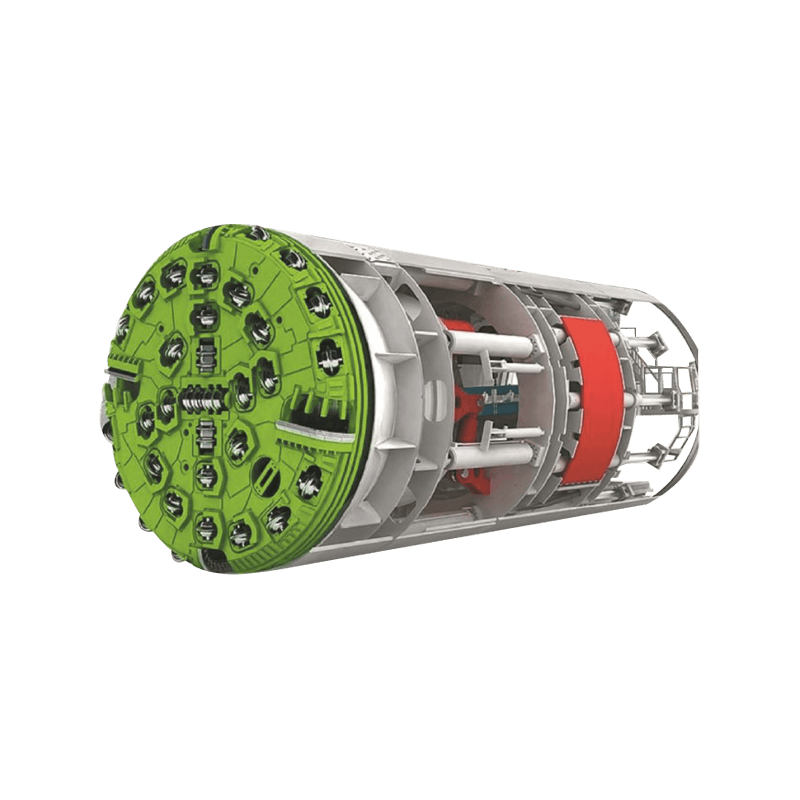
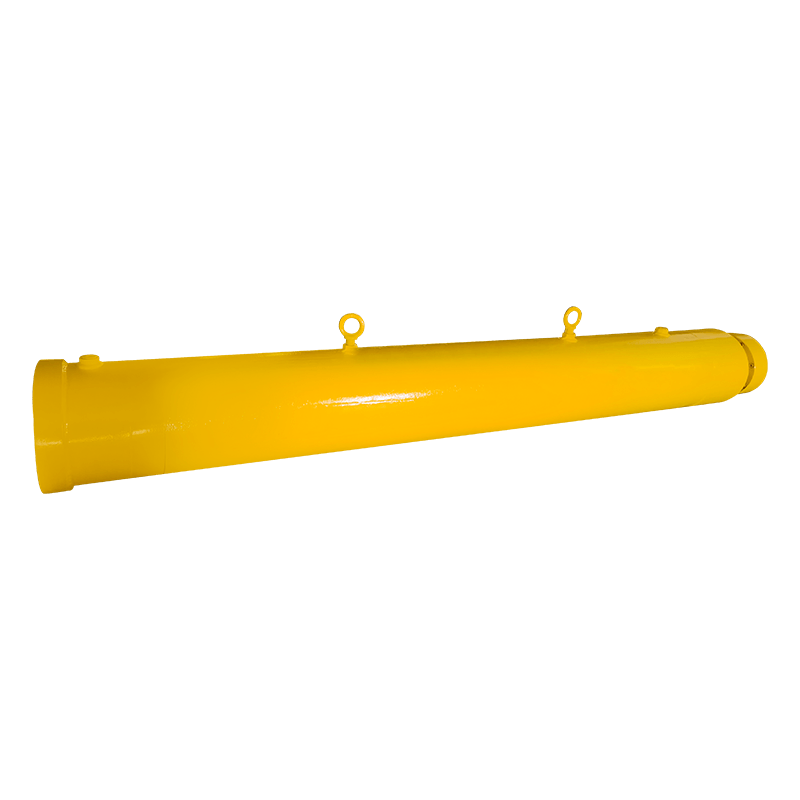



 English
English  русский
русский  عربى
عربى 